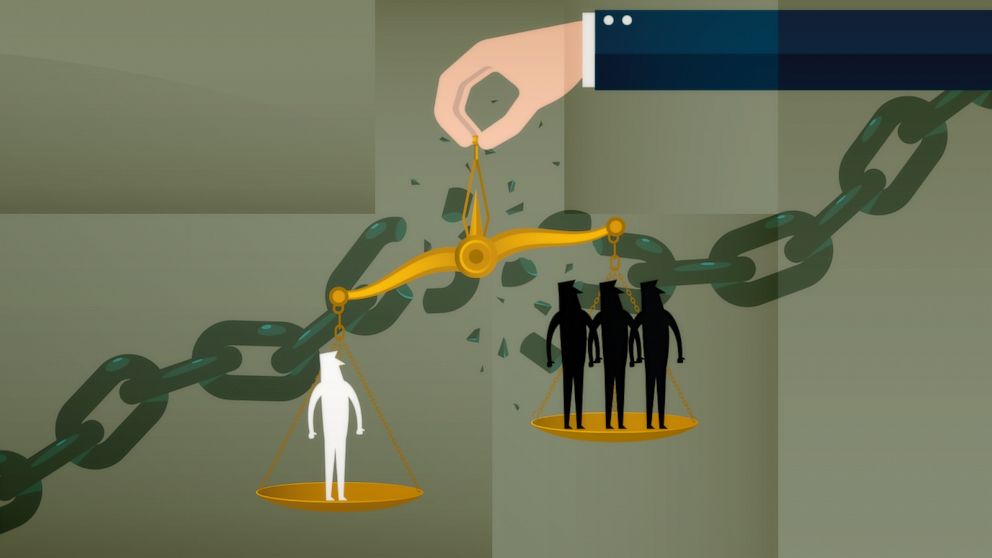You have not been able to tell us what local Black community uses this word as a slang IN THE REAL WORLD. Neither have you explained what it means in your local community IN THE REAL WORLD. lol
Now you are here arguing over your East Indian Sanskrit screen name. As if it refutes anything.
You have not been able to tell us what local Black community uses this word as a slang IN THE REAL WORLD. Neither have you explained what it means in your local community IN THE REAL WORLD. lol
Now you are here arguing over your East Indian Sanskrit screen name. As if it refutes anything.
“Calculating reparations:
Darity and co-author Andrea Kirsten Mullen have a new book, "From Here to Equality: Reparations for Black Americans in the Twenty-First Century," that analyzes past estimates for reparation amounts and offers new ones.
University of Illinois Urbana-Champaign economist Larry Neal estimated in 1983 that America owed $1.4 trillion in reparations for Black descendants of enslaved people. Neal based this figure on the amount of wages earned by non-enslaved workers between 1620 and 1840, subtracting costs related to the care of slaves (food, housing, care, etc.).
According to Darity and Mullen, that 1983 figure compounded at 4%, 5% and 6% interest by 2019, would be $5.7 trillion, $8.1 trillion and $11.4 trillion, respectively, as per their calculations.
They also suggest there was a major flaw with Neal's calculation: it doesn't take into account the 20 years before the Civil War.
Roger Ransom, a former economics professor at the University of Virginia and the University of California, and Richard Sutch, who was a professor emeritus of economics at the University of California, before his death in 2019, based their calculation on the profit from slavery between 1806 and 1860. Their method, compounded at interest rates of 4%, 5% and 6% in 2018, would amount to $14 billion, $19.7 billion, and $27.7 billion, Darity and Mullen figured. But they also cited flaws with Ransom and Sutch's methodology. They argue that the calculation doesn't account for the first 30 years of slavery in the country, it omits profit from the slave trade, and charges the enslaved for their own maintenance costs, resulting in "the lowest bill for black reparations among those we examine," Darity and Mullen write in their book.
One of the more complex calculations is by Thomas Craemer, a professor of public policy at the University of Connecticut. He multiplied the "prevailing market wage" by the number of hours enslaved people worked (assuming a 24-hour work day) between the years 1776 and 1865. That model, calculated for 2019 at 4%, 5% and 6% interest rates, works out to $16.4 trillion, $17 trillion and $17.7 trillion, respectively.
The problem with Craemer's calculation, according to Darity and Mullen, is that it relies on "the market wage for non-slave labor" rather than "the hypothetical non-slave labor wage that would have prevailed in the absence of captive enslaved Africans." This yields a slightly lower calculation as per Darity and Mullen.”
There's been more talk over the last few years about reparations for descendants of enslaved people. How much would they get? What would reparations look like; who pays?

abcnews.go.com
